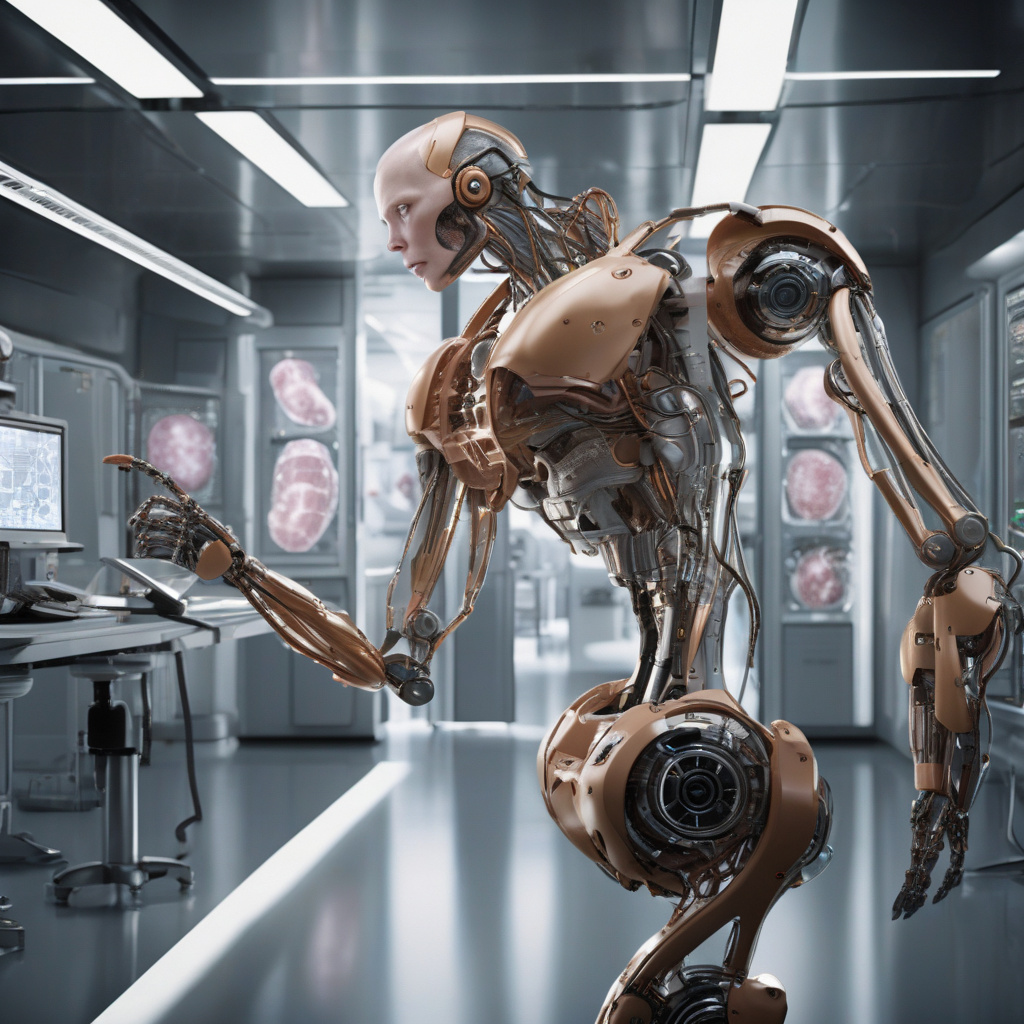Soft muscles, DNA drives and AI brains: Can new tech pull androids from the uncanny valley?
Humanoid robots have glimmered on the tech horizon for half a century, but each new attempt to create lifelike androids has often stumbled into the uncanny valley. This term, coined by roboticist Masahiro Mori in 1970, describes the unsettling feeling people experience when robots look almost human but not quite right, triggering a sense of unease and revulsion.
The key to bridging this gap lies in the development of soft muscles, DNA drives, and AI brains that can revolutionize the field of robotics. By incorporating these cutting-edge technologies, researchers are striving to create robots that not only mimic human appearance but also replicate our intricate biological systems and cognitive abilities.
Soft muscles are a game-changer in the realm of robotics. Traditional rigid robotics have limited flexibility and dexterity, making it challenging for robots to interact with the world in a human-like manner. Soft muscles, inspired by the pliability of biological muscles, offer a more natural range of motion and tactile sensitivity. This innovation allows robots to move more fluidly and safely, enabling them to perform tasks with precision and grace.
DNA drives represent another groundbreaking advancement in robotics. By harnessing the power of DNA molecules for data storage and computation, researchers can create more compact and efficient robotic systems. This technology not only enhances the processing speed of robots but also reduces their energy consumption, paving the way for more autonomous and sustainable androids.
Artificial intelligence (AI) plays a pivotal role in elevating robots to new heights of sophistication. AI brains equipped with deep learning algorithms empower robots to perceive and interact with their environment in real-time. This enables robots to adapt to changing circumstances, learn from experience, and make decisions autonomously. As AI continues to evolve, robots are becoming increasingly adept at understanding human emotions, intentions, and social cues, further blurring the lines between man and machine.
One remarkable example of this technological convergence is Sophia, an AI-powered humanoid robot developed by Hong Kong-based Hanson Robotics. Sophia boasts a strikingly human-like appearance, complete with expressive facial features and naturalistic movements. By integrating soft muscles, DNA drives, and AI brains, Sophia represents a significant leap forward in the quest to pull androids out of the uncanny valley and into the realm of seamless human-robot interaction.
As researchers continue to refine these technologies, the possibilities for lifelike androids are becoming increasingly within reach. Imagine a future where robotic companions assist the elderly, perform delicate surgeries with precision, or explore hazardous environments without risking human lives. By harnessing the power of soft muscles, DNA drives, and AI brains, we are on the cusp of a new era where androids seamlessly integrate into our daily lives, transforming science fiction into reality.
In conclusion, the convergence of soft muscles, DNA drives, and AI brains holds the potential to revolutionize the field of robotics and propel androids out of the uncanny valley. By combining these cutting-edge technologies with a deep understanding of human physiology and behavior, researchers are inching closer to creating lifelike robots that not only resemble us but also function alongside us in a harmonious partnership.
#Robotics, #ArtificialIntelligence, #Technology, #Innovation, #FutureProof












